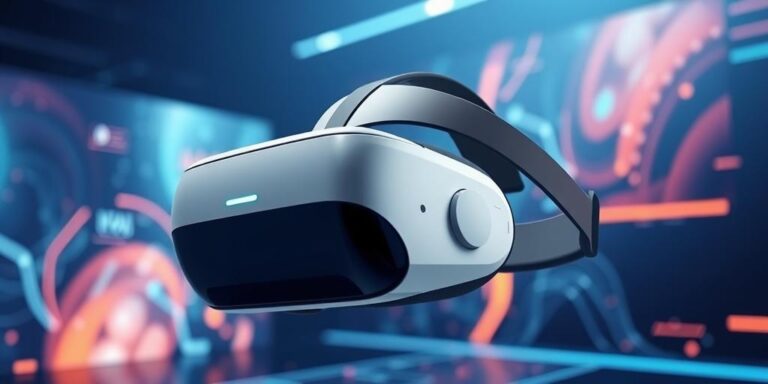VR Headsets in 2025: A Glimpse into the Future
The virtual reality (VR) landscape is rapidly evolving, and by 2025, we can expect significant advancements in VR headset technology. The focus is on creating lighter, more immersive, and wireless experiences. Let’s dive into the key areas of development.
Lighter Designs for Enhanced Comfort
One of the most persistent issues with current VR headsets is their bulkiness and weight. By 2025, manufacturers will likely have made significant strides in reducing the weight of VR headsets. This will be achieved through:
- Improved Materials: The use of lighter, yet durable, materials like carbon fiber composites and advanced plastics.
- Miniaturization of Components: Smaller, more efficient processors, displays, and sensors.
- Ergonomic Design: Better weight distribution and more comfortable headbands.
Enhanced Immersion Through Advanced Displays
Immersion is key to a compelling VR experience. Future VR headsets will feature:
- Higher Resolution Displays: Expect resolutions beyond 8K per eye, leading to sharper, more detailed visuals.
- Increased Refresh Rates: Refresh rates of 120Hz or higher will reduce motion blur and improve visual smoothness.
- Wider Field of View (FOV): FOV approaching human vision (around 200 degrees) will create a more natural and encompassing view.
- Advanced Optics: Pancake lenses and other optical innovations will reduce the size and weight of the headset while improving image quality.
Wireless Technology for Untethered Freedom
The cord is a major impediment to VR immersion. Wireless VR headsets will become the norm by 2025, thanks to:
- Wi-Fi 7: This new standard offers higher bandwidth and lower latency, essential for streaming high-resolution VR content wirelessly.
- Dedicated Wireless Chips: Optimized chips for VR streaming will improve performance and reduce power consumption.
- Improved Battery Life: Advancements in battery technology will allow for longer VR sessions without the need for frequent charging.
Key Long-Tail Keyword Variations:
- “Lightweight wireless VR headsets 2025”
- “High-resolution VR displays 2025”
- “Comfortable VR headset design”
- “Next-gen VR technology”
- “Future of wireless VR”
Other Expected Advancements:
- Integrated Eye Tracking: Eye tracking will enable foveated rendering, which focuses processing power on the area the user is looking at, improving performance.
- Advanced Haptics: More sophisticated haptic feedback in controllers and suits will enhance the sense of touch and presence.
- AI Integration: AI-powered avatars and environments will create more dynamic and realistic virtual experiences.
Conclusion
The VR headsets of 2025 promise a significant leap forward in terms of comfort, immersion, and convenience. Lighter designs, higher resolution displays, and wireless connectivity will make VR more accessible and enjoyable for a wider audience. These advancements will unlock new possibilities for gaming, entertainment, education, and professional applications.




